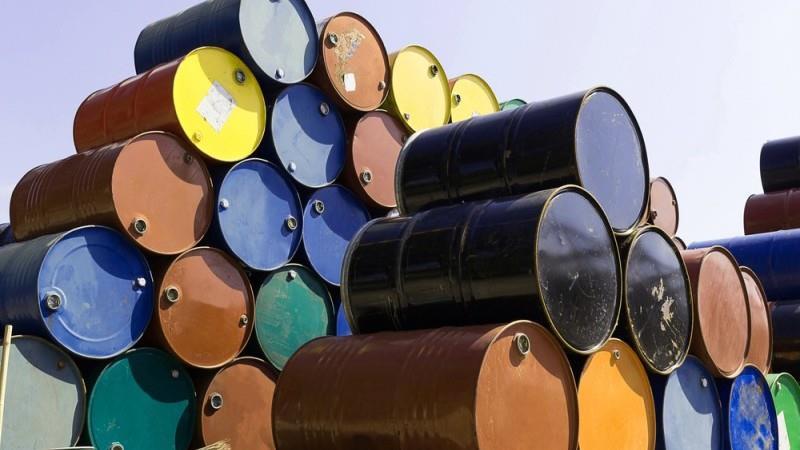(MENAFN- ING) The oil market edged higher yesterday, though
the move was fairly modest when you consider the large draws seen incrude oil inventories
along with growing supply risks in West Africa. In this article Energy - Largecrude draw Metals – China's zinc imports surge to four-year high Agriculture – Brazil coffee harvest progressing smoothly

Shutterstock Energy - Largecrude draw The latest EIA numbers show thatcommercial crude oil inventories fell by 10.58MMbbls over the last week, which leaves total crude oil inventories at 422.94MMbbls - the lowest level since December 2022. Crude oil inventories at Cushing also saw further declines, falling by 1.5MMbbls, which takes crude oil stocks at the WTI delivery hub to below 30MMbbls and to a level last seen in January. Lower imports and higher exports were largely behind the large draw. As for refined products, gasoline inventories fell by 214Mbbls over the week, whilst distillate fuel oil stocks increased by 1.24MMbbls. This build was despite refiners reducing their run rates over the course of the week. Gasoline demand was stronger over the week, with implied demand increasing by 158Mbbls/d WoW, taking it back above 9MMbbls/d. This might be short-lived, with hurricane activity in Florida this week possibly weighing on demand.
Elsewhere, there are growing supply risks after a military coup in Gabon. The West African country is an OPEC member and produces around 200Mbbls/d. While the volumes are relatively small, clearly any disruption in what is already a tight market does not help. However, up until now, there have been no reports of disruptions to the oil supply.
In the coming days, the market should receive more clarity on what Saudi Arabia will do with its additional voluntary cut of 1MMbbls/d. This cut was first implemented in July for a month, but the Saudis have rolled it over a couple of times already. Our expectation is that Saudi Arabia will extend this cut through into October. There are clearly still some broader demand concerns and returning this supply to the market could see Brent back below US$80/bbl - something the Saudis would prefer not to see.
Metals – China's zinc imports surge to four-year high The latest trade data from China's Customs shows that refined zinc imports surged to a four-year high of 76.8kt in July, up by around 70% from the previmonth. Cumulatively, China's refined zinc imports have increased by 243% YoY to 175kt over the first seven months of the year. Stronger prices of zinc in the Chinese market compared to LME prices combined with healthy demand for galvanizing material has helped China's zinc imports to recover strongly this year. Zinc inventories in SHFE warehouses have also dropped to a 7-month low of around 43kt, reflecting supply tightness in the physical market, which should also support stronger imports over the coming months.
The latest data from the International Aluminium Institute shows that global alumina output dropped by 0.2% YoY to 12.2mt in July as supply losses from Oceania, Europe and other regions offset the growth from China. China's alumina production recovered to around 7.3mt in July, up from around 7.1mt in July last year. Cumulatively, global alumina production has dropped by around 0.8% YoY to 80.7mt over the first seven months of the year. China's alumina output has increased by 4% YoY to 47.5mt over Jan-Jul, while alumina output from the rest of the world dropped 6.9% YoY to 33.1mt over the same period.
Agriculture – Brazil coffee harvest progressing smoothly Cooxupe, Brazil's coffee export cooperative, reported that the domestic coffee harvest is progressing well with 92% of the crop harvested as of 25 August compared to around 87% a week ago and around 91% at this point last season. Brazil has also reported good weather in recent weeks with the Minas Gerais region receiving more than normal rains, which should help the flowering process for new crops. However, coffee supplies from Vietnam remain tight as dry weather impacts the crop. The ongoing El-Nino weather pattern is usually associated with good rains in South America but dry weather in Asia that could tighten supplies of the Robusta variety. This also supports a narrowing of the Arabica-Robusta spread, which has dropped to an average of US¢36/lb in August compared to recent highs of around US¢100/lb in February.




















Comments
No comment